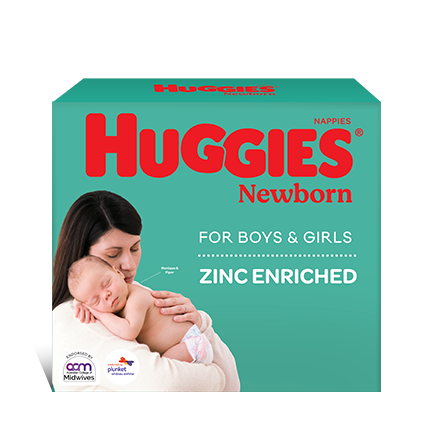Dilation
The second stage of labour begins when the cervix has fully dilated, and ends with the birth of your baby.
When your cervix has dilated to a full ten centimetres, your baby’s head will have descended deep into the pelvis, with the widest part of the baby’s head having passed through the pelvic ‘brim’ and hopefully also through the narrowest part of the pelvis, the ‘the interspinous diameter.’
Contractions during delivery
The journey into the pelvis happens naturally during the first stage of labour as the top of the uterus is squeezed in contractions, dilating the cervix and at the same time, pushing the baby further down, hopefully with the assistance of gravity through the use of upright or kneeling positions through the contractions.
She is ready to be born. The rest of her journey involves a head-first journey below the pubic arch, where the widest part of her head is birthed, followed by the shoulders one by one, with the rest of her body following quickly behind.
The contractions will continue, close together – and may be accompanied by a strong urge to push (which many women describe as feeling like the need to have a bowel movement.)
Often women will change the sounds that they make during the very strong part of a contraction from sighing or moaning sounds into grunting or groaning sounds.
How long does the second stage last?
The second stage can last anywhere from five minutes to three hours, with between one and two hours typical in a first birth.
The urge to push
It’s important to check with your caregiver when the urge to push comes upon you. The urge is very strong and can be hard to resist, but if dilation has not yet been established, your caregiver may want you to wait so that they can check that the cervix is fully dilated.
Your caregiver will guide you through breathing and pushing techniques. Pushing (or “bearing down”) should only happen through contractions, as the combination of both will help you birth your baby.
Ideally, at the beginning of each contraction, you will take a calm, slow deep breath, then exhale (or if you need to, hold your breath) as you bear down, for five to ten seconds. Some people recommend that you imagine blowing out candles for the sort of ‘panting’ breath that can help with pushing.
Taking a breath in between, you may bear down three or four times during each contraction, resting in between.
The ‘urge to push’ is usually a very strong feeling that comes upon you through the peak of each contraction in the second stage (although it may be weakened if you have had an epidural anaesthetic earlier in the birth) – and it is best to wait until that urge comes upon you before ‘bearing down.’
As you start to bear down, you will feel the baby’s head moving down through the birth canal, and then perhaps easing back as the contraction passes.
After a number of contractions, the baby’s head will protrude through the labia; this is called ‘crowning’ – and is followed by an often very uncomfortable, burning sensation as the baby’s head stretches your vagina. This is often called the ‘ring of fire’ and takes many women by surprise, as it is a very different sensation to the belly-focused pain of contractions.
As the head crowns, it may take a couple more contractions before the head is born; this is fine, as it also gives the perineum time to stretch a little more before the baby’s head is delivered, to prevent or minimise the skin around the vagina from tearing. Your caregiver may even ask you to try not to push for a few contractions so that your perineum has time to stretch.
The birth of your baby
Your baby’s head will be born usually before the next contraction that births her shoulders, giving your caregiver a chance to check the position of the baby’s cord and lift it away from her neck if necessary.
Your baby’s shoulders and the rest of her body are usually delivered in one slippery push, as all the remaining amniotic fluid floods out behind.
Your baby may arrive crying loudly or breathing quietly, she may be eyes open looking around in wonder or need a little help for her first breath. Your caregiver will check her quickly and make sure that there is nothing that needs attending to immediately; at this time, the cord may be clamped and cut.
The baby is usually wrapped in a blanket to keep warm – or may be placed straight against your body, for skin-on-skin contact. Often your caregiver will put her to the breast immediately. Finally, you will meet the little person who has shared your body for the past nine months. What a wonderful moment.
For more information see Childbirth.
By Fran Molloy – journalist and mum of 4
Last Published* May, 2024
*Please note that the published date may not be the same as the date that the content was created and that information above may have changed since.























